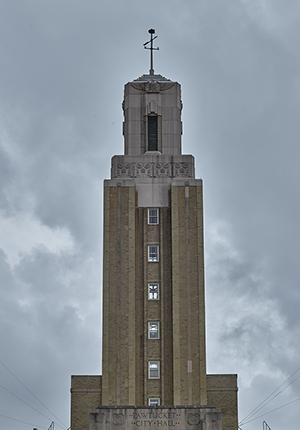Summary
One key area of debate under the First Amendment’s Establishment Clause is over the constitutionality of religious displays on government property. Examples include cases involving Ten Commandment displays in public school classrooms, courthouses, and public parks; crosses on public land; and nativity scenes in shopping districts. The Supreme Court has upheld some of these displays and blocked others—with case outcomes often turning on the specific facts of a given case. This case involves a nativity scene in a city’s shopping district. The City of Pawtucket, Rhode Island, in conjunction with the local business association, put up a Christmas holiday display. It included a Santa Claus house, reindeer, and a creche (a nativity scene). Residents and others challenged the inclusion of the creche as a violation of the First Amendment’s Establishment Clause. In a 5-4 decision, the Supreme Court rejected the challenge—ruling that the religious display on public property didn’t violate the Constitution because the display also served a secular purpose.






